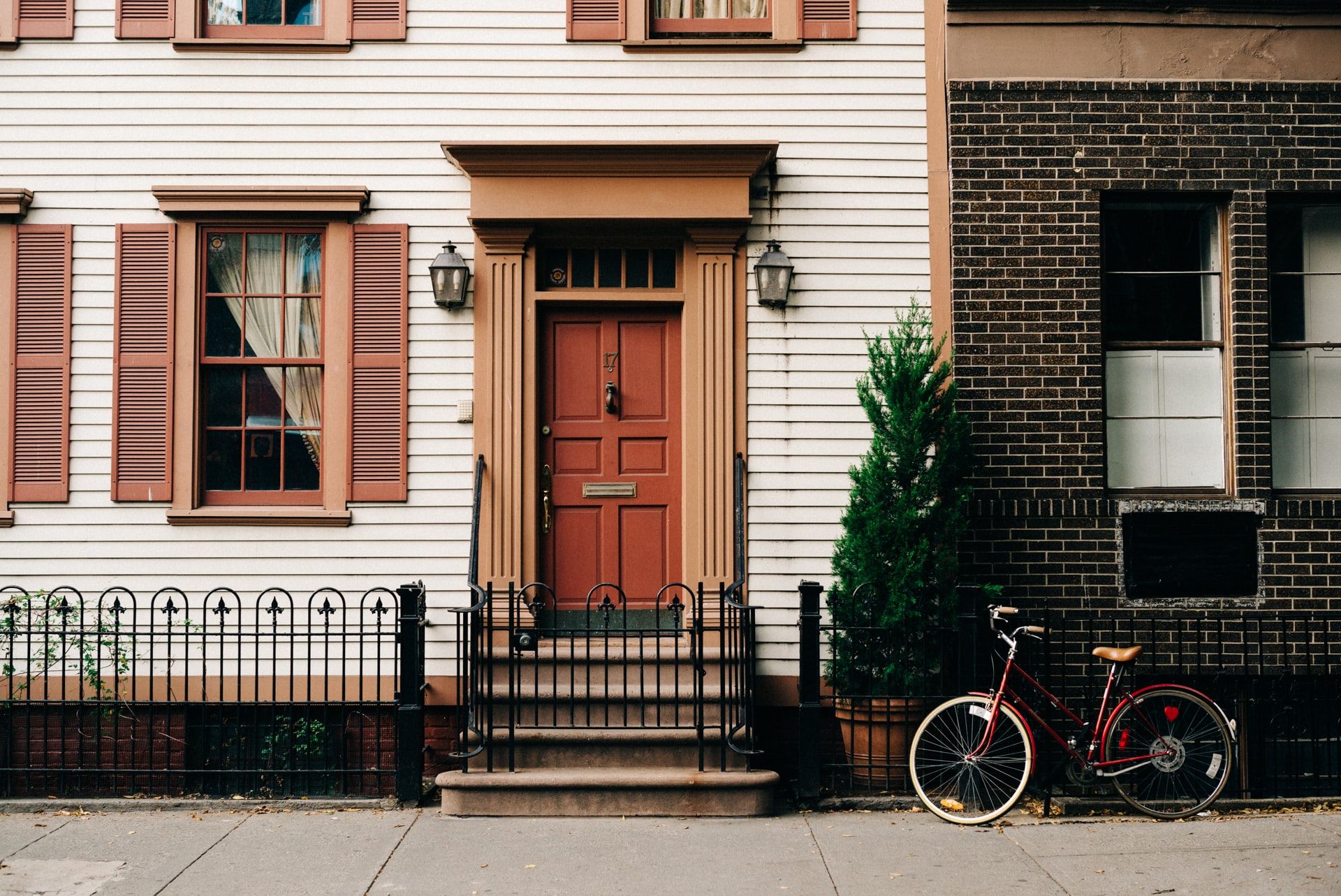Purchasing a home is the largest investment and financial transaction you likely will ever make. Once the mortgage loan is finalized, and the sale is closed, you will begin making monthly payments to pay back the amount borrowed and the interest that will accrue every month. The interest rate is determined by the lender using various factors and calculations related to the current market and your personal financial history and status.
You will be making interest payments when the loan is disbursed until the loan is paid off. Getting the lowest possible interest rate on your mortgage will have an impact on your finances for many years to come. Understanding the various factors that influence the interest rate your lender is willing to give you puts you in the best position to get the best deal for what you can afford.
How Do Mortgage Rates Work?
The interest rate for your home loan is quoted as an annual rate and calculated for monthly payments. Mortgages are typically spread out over many years to lower monthly obligations. However, the longer it takes for you to pay off the loan, the more interest you will pay. The key is to get a mortgage that works best for your current financial circumstances and your future projections.
How Are Mortgage Rates Calculated?
Mortgages are typically amortized loans that keep your monthly payments the same every month throughout the life of the loan. The interest-to-principal ratio will shift as the amount owed on the principal gets whittled down. If you make all the payments dictated by the amortization schedule, the loan will be fully paid off when the term's end is reached.
What is a Good Mortgage Interest Rate?
Understanding mortgage rates can be confusing. What defines a good interest rate for you depends on a wide range of factors. Interest rates change every day based on fluctuating global markets. Your financial history and prospects will also influence the interest rate available to you when applying for a home loan. How long you intend on staying in the home will also factor into the equation when determining the best mortgage terms for you.
What Are the Different Types of Mortgages?
The two main types of mortgages are fixed-rate mortgages and adjustable-rate mortgages (ARM). The primary difference between the two kinds of home loans is that a fixed interest rate keeps the rate the same throughout the term of the loan, while an ARM will start with a lower rate but will change over time.
While most home buyers use a traditional fixed-rate mortgage with terms lasting 15 or 30 years, an ARM may be the best option for your circumstances and needs.
Fixed-Rate Mortgage
Monthly payments due for a fixed-rate mortgage will remain the same throughout the life of the loan. The amount applied to the principal and the interest will be adjusted as the loan matures, but the total payment will not change. Fixed-rate mortgages make it easier for you to create and manage your household budget.
A 30-year mortgage features lower monthly payments than mortgages with shorter terms. However, the longer it takes to pay off the loan, the higher the overall cost of the loan. Mortgages with terms of 15 or 20 years have higher monthly payments but will significantly lower overall cost.
Adjustable-Rate Mortgage
The monthly payments for an adjustable-rate mortgage will change at a pre-arranged frequency after a fixed period of time. As your lender adjusts the interest rate of your loan, your monthly payments can increase each year. The initial rates for ARMs are significantly lower than traditional fixed-rate mortgages, making them useful for buyers who do not plan on staying in the home for an extended time.
Interest rates for ARMs can almost double after the initial, depending on the market rates over time. Monthly payments can quickly become overwhelming for many home buyers. Mortgages with adjustable interest rates should be considered carefully and reserved only for those with short-term intentions or able to pay off the loan before higher interest rates are assessed.
How Can You Get a Lower Interest Rate?
Any home buyer's goal is to get the lowest possible interest rate on a home loan that offers the best deal for your specific situation. The following are ways you can get lenders to offer you a good mortgage interest rate.
1. Shorten Term of Loan
Shortening your home loan term will allow you to get a lower interest rate and provide a quicker way to pay off the loan. If you can afford the higher monthly payments, a shorter term can save you thousands of dollars in interest payments throughout the life of the mortgage.
2. Pay Off Existing Debt
Your debt-to-income (DTI) ratio is a major determining factor for lenders setting the interest rate for your home loan. Paying down or off some of your major debt will improve your DTI and free up funds to devote to mortgage payments.
3. Purchase Mortgage Points
Mortgage points, also referred to as discount points, allow you to prepay interest as part of the closing costs. Purchasing mortgage points is a method of reducing the interest rate on your home loan if you are planning to stay in the home long enough to make it worth the upfront cost.
4. Put Down Higher Down Payment
Putting down a higher down payment will result in you owing less money, lowering the lender's risk and reducing the total amount of the loan. The more you can lower your loan-to-value ratio, the more attractive you will be to lenders willing to offer a lower interest rate for your home loan.
Get Started at SimpleShowing Today
The interest rate on your mortgage loan will have long-term consequences on your financial future. An impressive team of industry professionals at SimpleShowing can help make sure you get a rate that will fit your budget. Contact SimpleShowing for complete information on how to get the best mortgage interest rate for your home purchase.






